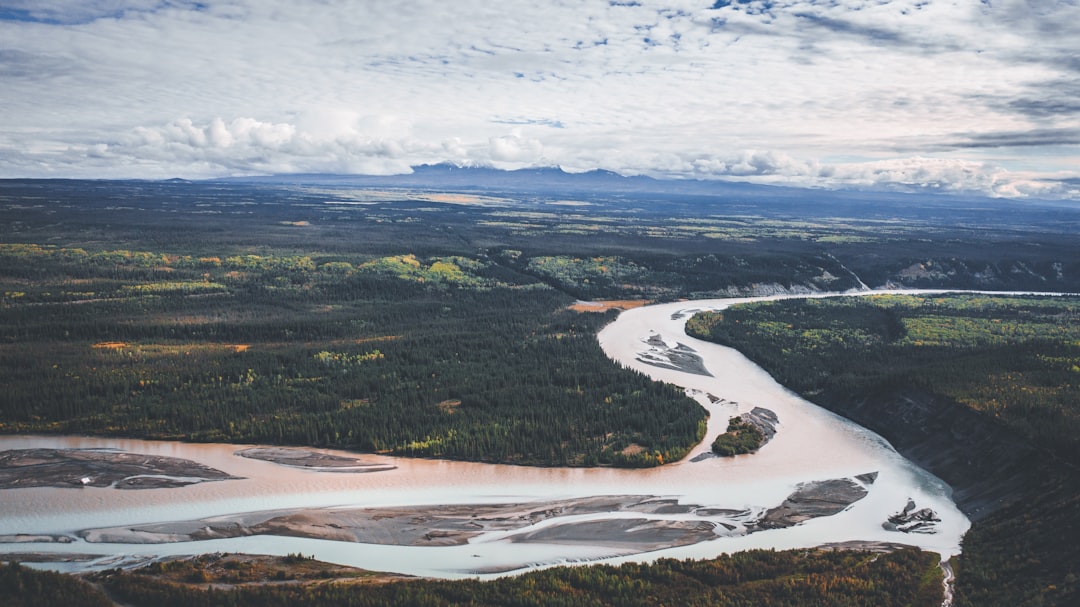Preserve vs. Protect
What's the Difference?
Preserve and protect are two concepts that are closely related but have slightly different meanings. Preserve typically refers to maintaining or keeping something in its original state or condition, while protect often involves defending or safeguarding something from harm or damage. Both terms involve taking action to ensure the longevity or safety of something, but the focus of preservation is on maintaining its existing qualities, while protection is more about preventing potential threats or dangers. Ultimately, both concepts are important for maintaining the integrity and well-being of people, places, and things.
Comparison

| Attribute | Preserve | Protect |
|---|---|---|
| Definition | Keep safe from harm or injury | Guard from harm or danger |
| Focus | Conservation and maintenance | Prevention of harm or damage |
| Goal | Maintain in its original state | Prevent damage or loss |
| Approach | Preservation through careful management | Protection through security measures |

Further Detail
Definition
Preserve and protect are two words that are often used interchangeably, but they actually have distinct meanings. Preserve means to maintain something in its original state or to keep it from harm or decay. It involves keeping something safe and intact for future generations. Protect, on the other hand, means to shield something from harm or danger. It involves taking action to prevent harm or damage to something. While both words involve keeping something safe, preserve focuses on maintaining its original state, while protect focuses on preventing harm.
Environmental Impact
When it comes to the environment, both preserving and protecting are crucial. Preserving the environment involves maintaining its natural state and biodiversity. This can include conserving natural habitats, protecting endangered species, and preventing pollution. Protecting the environment, on the other hand, involves taking action to prevent harm to the environment. This can include implementing regulations to reduce pollution, conserving resources, and promoting sustainable practices. Both preserving and protecting the environment are essential for ensuring a healthy planet for future generations.
Cultural Heritage
Preserving and protecting cultural heritage is important for maintaining a connection to the past and ensuring that future generations can learn from it. Preserving cultural heritage involves maintaining historical sites, artifacts, and traditions. This can include restoring old buildings, conserving ancient artifacts, and documenting traditional practices. Protecting cultural heritage, on the other hand, involves safeguarding it from harm or destruction. This can include implementing laws to prevent looting or vandalism, promoting awareness of cultural significance, and supporting cultural preservation efforts. Both preserving and protecting cultural heritage are essential for preserving our collective history and identity.
Personal Relationships
When it comes to personal relationships, preserving and protecting can have different implications. Preserving a relationship involves maintaining its strength and connection over time. This can include communication, trust, and mutual respect. Protecting a relationship, on the other hand, involves safeguarding it from harm or outside influences. This can include setting boundaries, standing up for each other, and supporting each other through difficult times. Both preserving and protecting personal relationships are important for building strong and lasting connections with others.
Legal Context
In a legal context, preserving and protecting can have different meanings and implications. Preserving evidence, for example, involves maintaining its integrity and ensuring it is not tampered with. This is crucial for ensuring a fair trial and upholding justice. Protecting witnesses, on the other hand, involves safeguarding them from harm or intimidation. This is important for ensuring their safety and cooperation in legal proceedings. Both preserving and protecting play important roles in the legal system and are essential for upholding the rule of law.
Conclusion
In conclusion, while preserve and protect are often used interchangeably, they have distinct meanings and implications. Preserve focuses on maintaining something in its original state, while protect focuses on preventing harm or damage. Both preserving and protecting are important in various contexts, including the environment, cultural heritage, personal relationships, and the legal system. By understanding the differences between preserve and protect, we can better appreciate the importance of both in our daily lives and in society as a whole.
Comparisons may contain inaccurate information about people, places, or facts. Please report any issues.